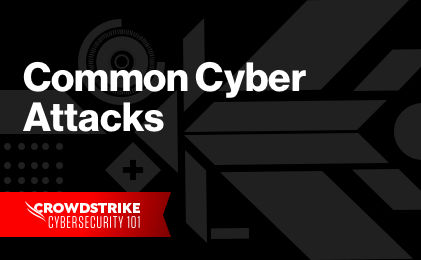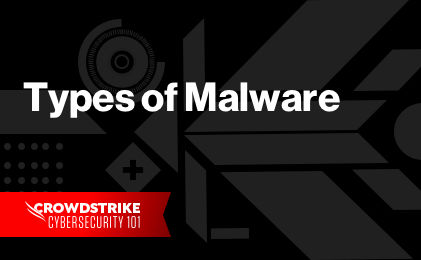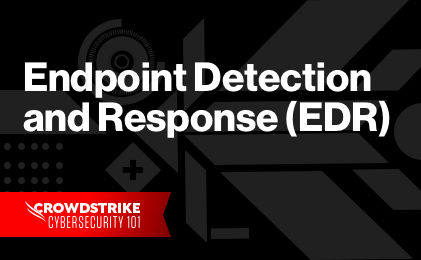What is a backdoor attack?
A backdoor attack is a clandestine method of sidestepping normal authentication procedures to gain unauthorized access to a system.
Typically, executing a backdoor attack involves exploiting system weaknesses or installing malicious software that creates an entry point for the attacker. A backdoor attack can result in privilege escalation, lateral movements to other systems, the exfiltration of sensitive data, and disruptions to operations. Because of this, understanding backdoor attacks is essential to a robust cybersecurity strategy.
Expert Tip
Think of a backdoor attack like a secret entrance that a burglar can use to get into a house — but instead of a house, it’s a computer or a network.
How does a backdoor attack work?
Backdoor attacks leverage existing vulnerabilities or deliberately install uncontrolled access points in a computer system or network. The most effective backdoors are cleverly hidden, providing unauthorized users with an entry point that is difficult to detect. Once an attacker has found their way into a system through a backdoor, they can steal information, change how your system works, or simply sit back and watch. Their access and presence may continue for a long time unnoticed.
Common techniques
Let’s consider some of the most common techniques used to create backdoors.
Maintenance hooks
Maintenance hooks are features or commands intentionally built into systems or applications by developers for testing, troubleshooting, or maintenance. These are developer conveniences, often providing permissions and privileged access while bypassing normal authentication measures. These same conveniences are what make maintenance hooks attractive backdoors for malicious attackers.
After discovering a maintenance hook, a malicious attacker gains unauthorized access to a system. From here, the attacker might change settings, install malicious software, or even establish another backdoor to leverage in case this one is discovered and closed.
Maintenance hooks are often installed by DevOps teams, IT asset owners, or developers during initial implementation, testing, and deployment, but creators sometimes forget to remove them once they’re no longer needed. Sometimes, a maintenance hook is only meant to be accessible in development or staging environments, but a misconfiguration exposes the maintenance hook in the production environment, too.
Covert channels
Networks and operating systems have standard protocols and mechanisms — legitimate channels — designed for the transmission of data from one component to another. Malicious attackers may execute backdoor attacks by leveraging a covert channel. A covert channel is used to transmit information using parts of a network or an operating system that weren’t ordinarily designed for that purpose. For example, an attacker may embed data in network packet headers to transmit secret messages out of a system.
Kernel-level or application-level installations
An operating system kernel manages system resources and facilitates communication between hardware and software. If a malicious attacker can install malicious code at the kernel level — sometimes called a kernel rootkit — the system becomes critically vulnerable.
An application-level backdoor is malicious code that is installed in — or secretly disseminated and installed by — a software application. Because operating systems typically limit the access that a software application has to other parts of a system, the impact of an application-level backdoor attack may not be as devastating as that of a kernel-level backdoor. However, the potential for unauthorized data access or unwanted activities is still significant.

2024 CrowdStrike Global Threat Report
The 2024 Global Threat Report unveils an alarming rise in covert activity and a cyber threat landscape dominated by stealth. Data theft, cloud breaches, and malware-free attacks are on the rise. Read about how adversaries continue to adapt despite advancements in detection technology.
Download NowRisks and implications of backdoor attacks
Now that we’ve covered the how of backdoor attacks, let’s consider the potential damage and scope of backdoor threats.
The implications of backdoor attacks are wide-ranging and significant. First and foremost, unauthorized access to sensitive information is a primary risk. As cyberattackers prowl through your systems unnoticed, they have free rein to access, corrupt, or steal sensitive data.
In addition, backdoor attacks can lead to malicious changes or damage to your system operations. An attacker with access to your system can delete files, change configurations, disable system components, or even completely lock down your system. The results of such an attack can include system downtime, lost revenue, and a breach of customer trust.
Perhaps the most insidious aspect of backdoor attacks is their ability to remain undetected for a long period of time. A backdoor attack may not result in an obvious, one-time event like an arsonist burning down a building. It’s more akin to an enemy living secretly and undetected in a home for months or years. Access to systems — accompanied by data theft and potential damage — may be prolonged and undetected.
Potential impact on corporations and governments
When viewed narrowly, a backdoor attack directly affects an individual computer or network. However, the scope of a backdoor attack can quickly extend beyond individual systems or organizations. If a backdoor is installed on hardware or software that is widely used, it could provide unauthorized access to business or government systems. Because of this, backdoor attacks can lead to corporate espionage or national security threats.
A well-known real-world example of a backdoor attack was the insertion of malicious code into third-party dependencies used by the SolarWinds Orion Platform. This opened a backdoor for malicious users to access files on systems that used the Orion Platform. The Orion Platform was widely used by corporations and government agencies, including the U.S. Treasury Department. In addition to the damages suffered by organizations that used the Orion Platform and were breached, the direct cost of the breach to SolarWinds was around $40 million USD, according to news reports.
Strategies for prevention and mitigation
Although backdoor attacks present a considerable threat, software organizations can adopt best practices that are effective in preventing and mitigating them.
Perform regular security audits
Regular security audits, which involve a thorough review and testing of a system’s security measures, can identify potential vulnerabilities that can be exploited as backdoors. Incorrect configurations or unused but accessible entry points are just some of the vulnerabilities that an attacker can exploit but an audit can expose. In addition, an audit may uncover suspicious activity, which can lead to the detection of backdoor attacks already in progress. Audits should be regularly scheduled and comprehensive, and any vulnerabilities that surface should be immediately addressed.
Learn More
Read this post to learn some of the most common vulnerabilities and exposures you should keep an eye on to ensure tpatching before they are exploited.
Harden your system security
Hardening the security of your systems will also help you safeguard against backdoor attacks. This includes taking some of the following measures:
- Remove unused or unnecessary software applications on a system
- Keep all software updated by applying the latest patches
- Turn off any unnecessary features or services that might offer points of entry for an attacker
- Implement strong access controls
Leverage intrusion detection systems
An intrusion detection system (IDS) monitors network traffic and system activities for signs of suspicious behavior. When patterns of activity might indicate the exploitation of a backdoor, an IDS will alert the security team. Advanced IDS tools can take automated remediation action.
With constant monitoring and immediate action through an IDS, you significantly shorten the window of time during which a malicious actor can leverage a backdoor to cause harm. CrowdStrike endpoint detection and response (EDR) monitors end-user devices across your system to detect and respond to the presence of malware or ransomware.
Stay Protected
Backdoor attacks can result in data theft or crippled operations, but they are especially dangerous because a malicious attacker’s access to a computer or network system can go undetected for a long period of time. If a backdoor attack makes its way into a piece of software that is then distributed and installed widely, a cyberattacker could gain broad access to multiple systems across corporations and governments. Software organizations must understand, prevent, and mitigate backdoor attacks.
In addition to basic best practices such as performing regular security audits and hardening system security, organizations should employ robust and reliable tools that help with intrusion detection. The cloud-based CrowdStrike Falcon® platform brings endpoint protection, real-time threat detection, and proactive threat hunting into a single, centralized interface. Sign up for a free trial today.





